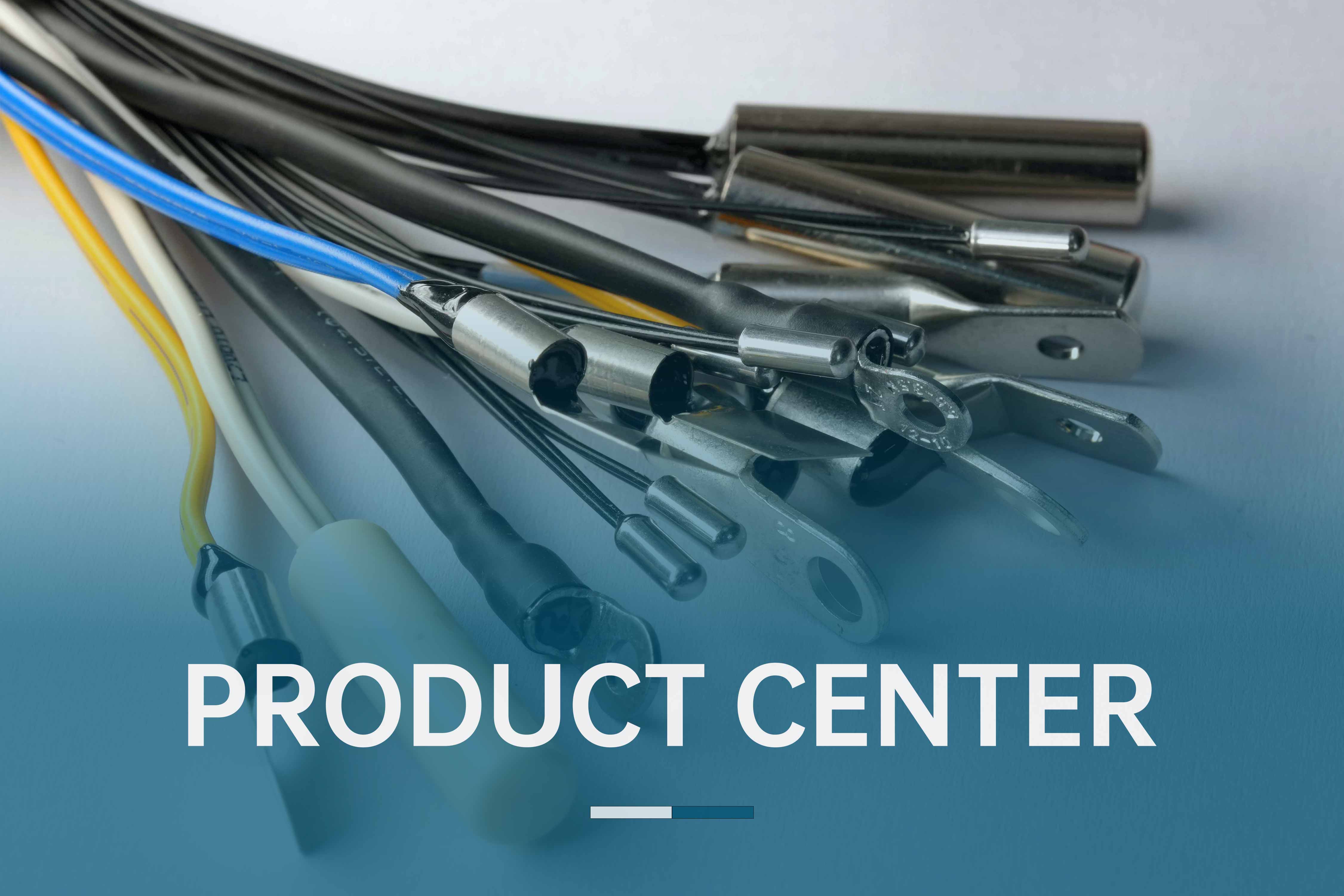From household appliances to industrial equipment, medical instruments to environmental monitoring, precise temperature measurement and control cannot be achieved without temperature sensors. Understanding the characteristics of temperature sensors can help us better understand their application value and suitable scenarios.

One of the most notable features of temperature sensors is their ability to provide high-precision temperature measurement. Whether it is conventional household appliances or high-precision medical instruments, they all require temperature sensors to provide stable and accurate readings within a specific range. Stability is an important feature of temperature sensors, especially in long-term operating environments, where temperature sensors need to work continuously and stably, maintaining consistent measurement performance.
High precision and high stability
The response speed of a temperature sensor refers to the speed at which the sensor reacts to changes in environmental temperature. For some dynamic temperature environments (such as motor temperature monitoring, rapid heating processes, etc.), temperature sensors need to respond quickly. The response speed of a sensor is usually closely related to the materials and design methods it uses. NTC thermistors and thermocouples typically have a fast response time and are suitable for applications that require rapid temperature feedback.
Fast response speed
Strong environmental resistance
Temperature sensors can usually operate in extreme environments, including high temperatures, low temperatures, high humidity, vibration, chemical corrosion, and other conditions. For example, thermocouples can work at extremely high temperatures and are very suitable for industrial applications in high-temperature environments. RTD and NTC thermistors perform well in medium and low-temperature ranges and are particularly suitable for applications that require high stability and high precision.
With the popularization of Internet of Things (IoT) technology, temperature sensors can be integrated with intelligent devices to achieve remote monitoring and automatic control. For instance, smart home systems can use temperature sensors to monitor indoor temperature in real time and adjust the working state of air conditioners or heaters based on temperature changes, thereby achieving energy conservation and comfort.
Can be integrated into intelligent systems
As a key electronic component, the characteristics of temperature sensors include high precision, high stability, fast response speed, wide application range, non-contact and contact measurement, good environmental adaptability, and easy installation. Whether in household appliances in daily life or temperature monitoring in industrial production, temperature sensors play a crucial role.

What are the characteristics of temperature sensor
- Related recommendations: Minsing Product Center
- keyword: 【emperature sensor】
-
full name*
-
phone
-
email*
-
Company Name (optional)
If you have any other information or questions you would like to know, please feel free to leave us a message (optional)
catalogue














